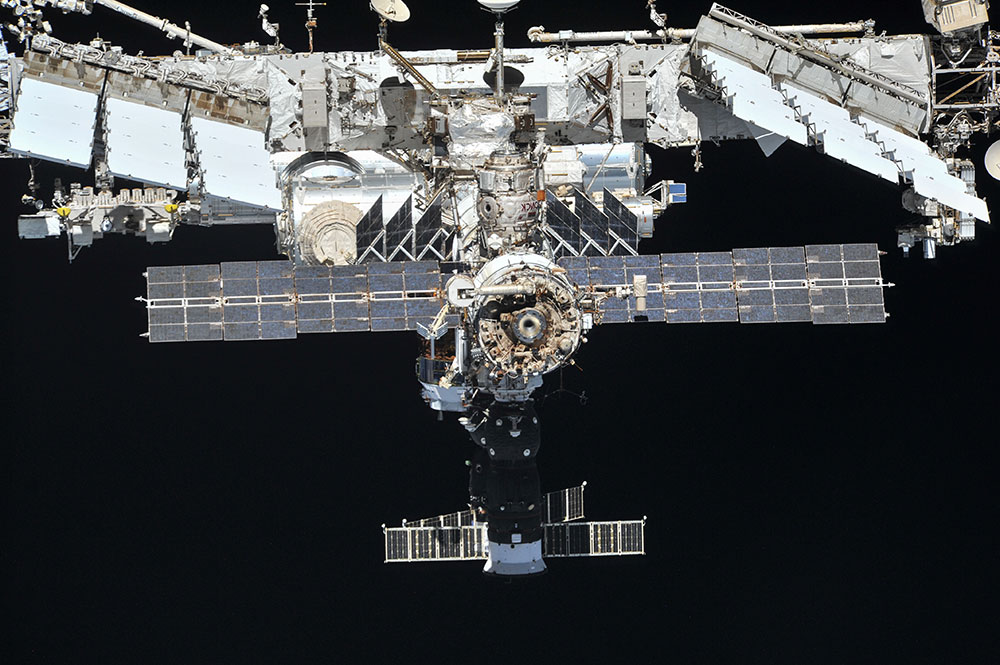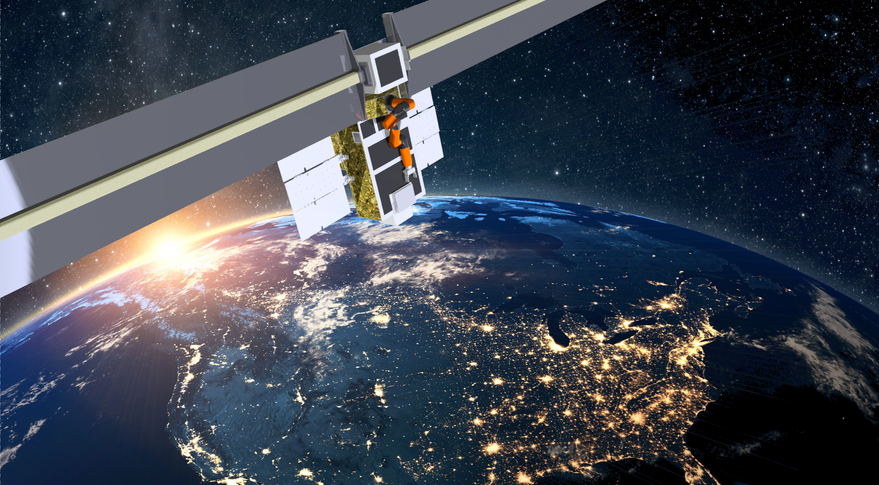NASA’s Marshall Space Flight Center (MSFC) has awarded KULR Technology Group a dual-use technology agreement which could see future space missions 3D print spare battery packs on-demand and en-route.
As part of the collaboration, KULR will build 3D printed battery systems for crewed and autonomous space applications using its passive propagation resistant (PPR) and internal short circuit (ISC) technologies. The battery systems will be designed to meet the JSC 20793 Revision D safety standard created by NASA for crewed space missions.
“NASA employs a highly rigorous assurance and safety standards, especially for our man-rated technologies,” said NASA MSFC deputy chief technologist, John Carr. “KULR’s PPR design solution for future manned and unmanned space missions is an ideal fit for mass design, flexibility, and cost, all the while maintaining this safety rigor through battery risks such as thermal runaway.”

3D printing in space
NASA has previously explored 3D printing’s potential in space to minimize the cost of spare parts and enable in-situ resource production, installing the Refabricator system by U.S-based aerospace company Tethers Unlimited on the International Space Station (ISS) last year. The Refabricator system is a 3D printer and plastic recycler, developed with NASA’s Small Business Innovation Research Program grant.
NASA’s MSFC is at the forefront of several groups working to adapt 3D printing for space applications. According to NASA, its expertise, combined with KULR’s capability to design PPR battery packs, will culminate in the peak safe manufacturing of battery power systems in outer space. KULR’s PPR solution was put to the test by NASA last year and used to transport and store batteries aboard the ISS via its Thermal Runaway Shield (TRS) storage solution.
“Through our partnership with KULR, we will now have the incredible ability to build space-optimized battery pack systems in-orbit,” said Brandon Lewis, Human Landing System Cross Program Analysis Coordinator. “We take the safety of our astronauts very seriously. KULR’s technologies will enable us to build safer battery packs that prevent dangerous thermal runaway propagation and protect our most valuable assets.”
In 2017, NASA began working with off-world manufacturing specialists, Made In Space (MIS), to test a crucial part of its in-space manufacturing and assembly technology. MIS, known for its work with NASA to introduce 3D printing technology into new aerospace applications, was acquired earlier this year by aerospace conglomerate Redwire. MIS joins Adcole Space and Deep Space Systems in Redwire’s portfolio, which was launched on June 1st by private equity firm AE Industrial Partners (AEI) as a “next-generation space technology platform.”

Repairing and replacing batteries in space
KULR’s specialisms lie in the development, manufacture, and licensing of next-generation carbon fiber thermal management technologies for batteries. The company has long-developed innovative cooling systems for NASA space missions.
3D printing in space has the potential to make human space exploration less costly. Last year, NASA reported its ‘Spares Mass Currently Stored on Ground’ for the ISS was calculated at approximately 17,990 kg. In a paper titled “Feasibility Analysis of Commercial In-Space Manufacturing Applications” published in the AIAA Journal, researchers estimated 95% of spare parts would never be used. The paper was co-authored by Alejandro E. Trujillo, Matthew T. Moraguez, Samuel I. Wald, Andrew C. Owens, and Olivier L. de Weck.
The ability to 3D print in space also provides the benefits of enabling extended missions and reserving cargo capacity for essential items and equipment.
“The optionality to repair and replace battery packs in space with parts 3D printed in space is a complete game-changer,” said Dr. Timothy Knowles, co-founder and Chief Technology Officer of KULR. “3D printing of KULR’s PPR battery design will help lower the costs associated with battery pack transportation for the upcoming Artemis missions, where NASA will build sustainable elements on and around the moon in preparation for an eventual human mission to Mars.”
he 4th annual 3D Printing Industry Awards are coming up in November 2020 and we need a trophy. To be in with a chance of winning a brand new Craftbot Flow IDEX XL 3D printer, enter the MyMiniFactory trophy design competition here. We’re happy to accept submissions until the 30th of September 2020.
Subscribe to the 3D Printing Industry newsletter for the latest news in additive manufacturing. You can also stay connected by following us on Twitter and liking us on Facebook.
Looking for a career in additive manufacturing? Visit 3D Printing Jobs for a selection of roles in the industry.
Featured image shows the Cosmic-ray watchtower aboard the International Space Station. Photo via NASA.



